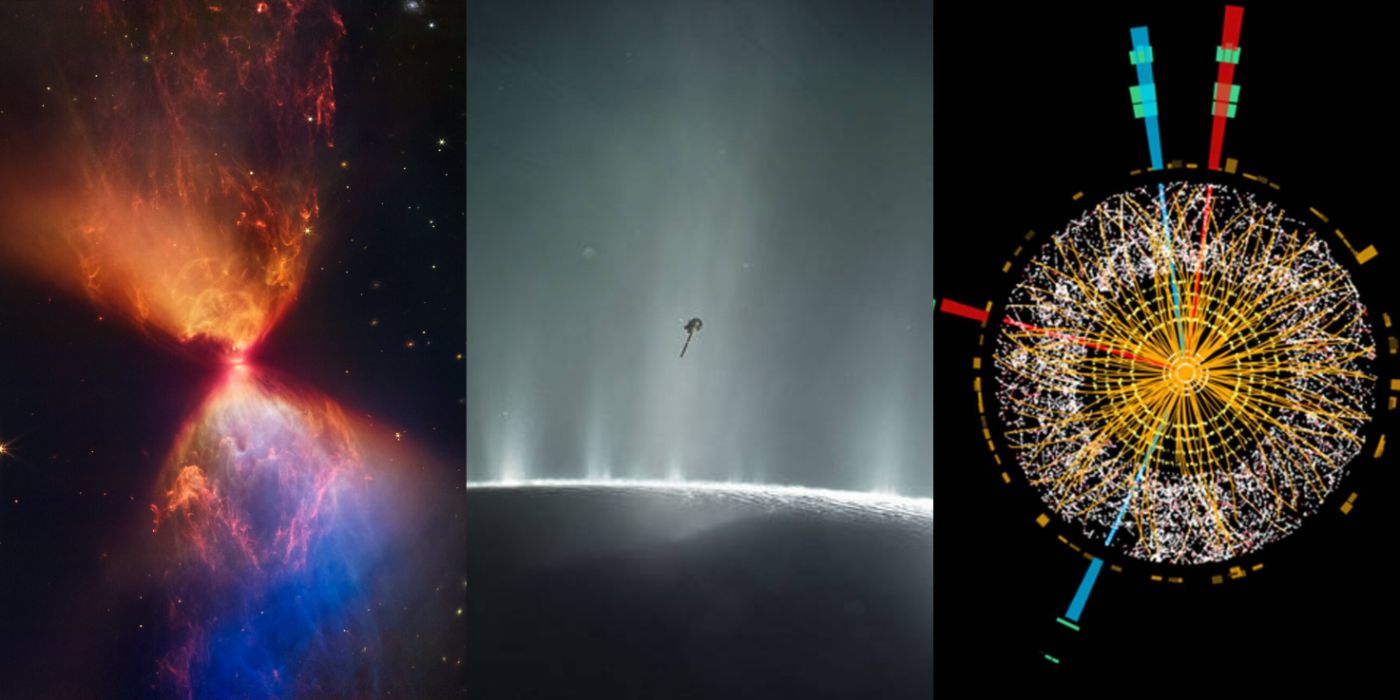Over the past decade, significant space discoveries have been made that have expanded our knowledge and understanding of the universe. The discovery of exoplanets by the Kepler space telescope in 2010, the confirmation of Einstein’s theory of general relativity through the discovery of gravitational waves in 2015, the detection of organic molecules on Mars in 2018 and the first-ever image of a black hole captured in 2019 are among the top 10 space discoveries of the decade. Other discoveries include the detection of water on the Moon, the New Horizons spacecraft’s exploration of Pluto, and the measurement of the expansion rate and size of the universe through the Hubble Space Telescope. These discoveries have opened up new avenues for investigation and understanding of the universe.
Top 10 Space Discoveries of the Decade
Space has always been a source of curiosity and fascination for us. Over the past decade, there have been many significant space discoveries which have expanded our knowledge and understanding of our universe. In this article, we will go through the top 10 space discoveries of the decade.
1. Discovery of Exoplanets
In 2010, the Kepler space telescope began its mission to search for exoplanets – planets outside our solar system. It was able to discover thousands of exoplanets over its lifetime, which was a huge achievement. It was through this mission that we learned that there may be billions of exoplanets in our galaxy alone, which also increases the chance of finding life outside our solar system.
2. Gravitational Waves
The discovery of gravitational waves in 2015 was a significant achievement in the field of astronomy. This discovery confirms Einstein’s theory of general relativity and provides us with a new way of studying our universe. It also opens up new avenues for the investigation of black holes and other astrophysical phenomena.
3. Organic Molecules on Mars
In 2018, NASA’s Curiosity rover discovered organic molecules on Mars, which are the building blocks of life. This suggests that there was once the potential for life on the red planet. This finding reignites the possibility of the existence of life beyond our planet.
4. Black Hole Image
The first-ever image of a black hole was captured in 2019. This was a massive achievement for astrophysics, and the image provided researchers with valuable insights about these mysterious objects. It also helped confirm the theory of general relativity and provide us with a better understanding of the workings of our universe.
5. Water on the Moon
Over the past decade, several missions to the moon have revealed that there is water on the lunar surface. This is a significant discovery as it suggests the potential for human exploration and colonization of the moon. The discovery could also help provide a possible solution to the growing problem of water scarcity on Earth.
6. New Horizons’ Exploration of Pluto
In 2015, NASA’s New Horizons spacecraft flew by Pluto and gave us our first close-up look at the dwarf planet. The images sent back by the spacecraft showed a world with a complex and varied terrain. The mission also revealed that Pluto had an atmosphere and gave us valuable insights into the early formation of our solar system.
7. Sizing up the Universe
The last decade has seen a significant leap in our understanding of the size and structure of the universe. With the help of powerful telescopes and other astronomical tools, we now know that the visible universe is about 93 billion light-years across. We have also discovered large-scale structures, such as filaments and walls, which make up the universe.
8. New Moons of Saturn
Over the past decade, several new moons were discovered orbiting Saturn, bringing the total number to 82. These new discoveries have expanded our knowledge of the Saturnian system and provide insights into the early formation of our solar system.
9. Asteroid Sample Return
In 2020, NASA’s OSIRIS-REx spacecraft successfully landed on the asteroid Bennu and collected a sample of the rock. This was the first time a sample had been collected from an asteroid and brought back to Earth. The sample will provide us with valuable insights into the early formation of our solar system and the potential for resources on asteroids.
10. Discovering the Hubble Constant
In 2019, the Hubble Space Telescope was used to measure the expansion rate of the universe. This result was used to calculate the Hubble constant, which is a crucial number that helps us understand the age and evolution of the universe. This discovery also opens up new avenues for understanding dark energy and the possibility of a multiverse.
Conclusion
These discoveries have expanded our knowledge and understanding of the universe around us. They have provided us with valuable insights into the early formation of our solar system, the workings of black holes, and the potential for life beyond our planet. With new technology and advancements in the field of astronomy, we can expect more exciting discoveries in the future.
